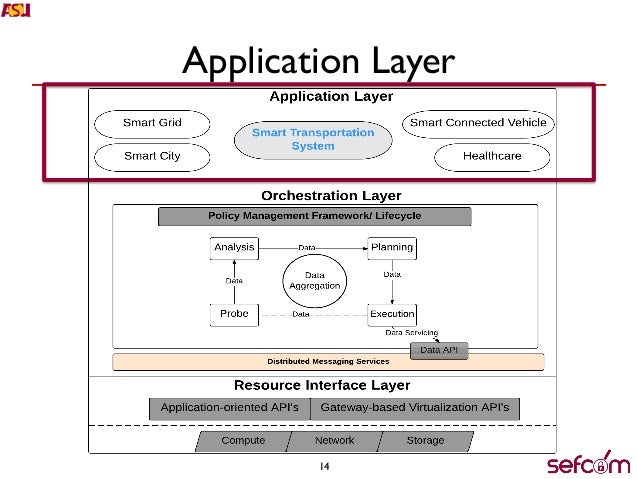

IPsec is a set of extensions to the IP protocol family in a framework of open standards for ensuring secure private communications over the Internet. The Support for IPsec ESP Through NAT feature provides the ability to support multiple concurrent IPsec Encapsulating Security Payload (ESP) tunnels or connections through a Cisco IOS NAT device configured in Overload or Port Address Translation (PAT) mode. NAT with an ALG will translate packets from applications that do not use H.323, as long as the applications use port 1720. Specific protocols that do embed IP the address information within the payload require support of an ALG. These protocols include HTTP, TFTP, telnet, archie, finger, Network Time Protocol (NTP), Network File System (NFS), remote login (rlogin), remote shell (rsh) protocol, and remote copy (rcp). NAT performs translation service on any TCP/UDP traffic that does not carry the source and destination IP addresses in the application data stream. This module also provides information about the protocols that use ALG for IP header translation. This module describes the basic tasks to configure an Application Level Gateway (ALG) with Network Address Translation (NAT). Feature Information for Using Application Level Gateways with NAT.Example: Configuring NAT Between an IP Phone and Cisco CallManager.Example Enabling MultiPart SDP Support for NAT.Example: Enabling SPI Matching on Endpoint Routers.Example Configuring IPsec ESP Through NAT.Configuration Examples for Using Application Level Gateways with NAT.Configuring NAT Between an IP Phone and Cisco CallManager.

Enabling SPI Matching on the NAT Device.How to Configure Application Level Gateways with NAT.NAT Segmentation with Layer 4 Forwarding.NAT Support of Skinny Client Control Protocol.NAT Support for H.323 v3 and v4 in v2 Compatibility Mode.Information About Using Application Level Gateways with NAT.Restrictions for Using Application Level Gateways with NAT.Prerequisites for Using Application Level Gateways with NAT.Using Application Level Gateways with NAT.


 0 kommentar(er)
0 kommentar(er)
